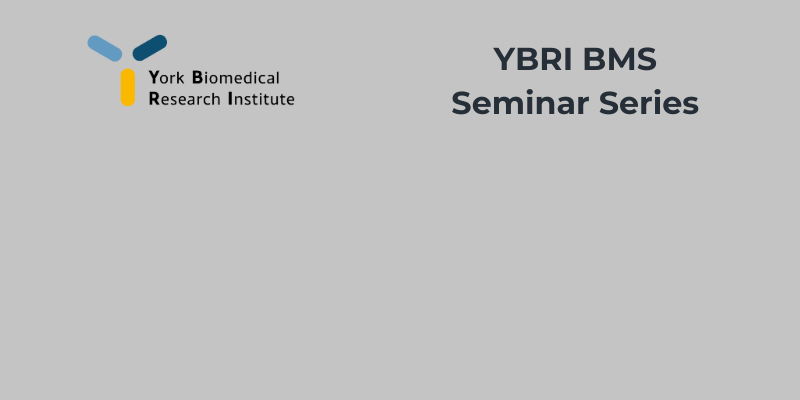
Investigating chromatin complexes: evolutional conservation and understanding chromatin’s role in DNA methylation Dr Marcus Wilson (University of Edinburgh) presents his work on understanding how epigenetic marks are placed, read and interpreted on chromatin using single-particle cryo-electron microscopy (cryo-EM). Hosted by Dr Nathaniel Jones.
Event details
Abstract
We are interested in chromatin structure and epigenetic marks and use a combination of approaches, primarily focusing on biochemistry and structural biology (cryo-EM) to understand this.
I will present two different pieces of work from the lab.
Different organisms have very different chromatin structures and methods to organise and use their genome, but the histones that make up the fundamental nucleosome building block are often very highly conserved. However, this is not the case for divergent eukaryotes such as trypanosomes. We have recently biochemically and structurally characterised nucleosomes from Trypanosoma brucei and discovered that its nucleosome is highly atypical with several exciting differences to well-studied model eukaryotes, both in the way DNA is compacted and overall architecture of the nucleosome.
In the second story, I will present our work on understanding how repressive DNA methylation mark is deposited in the correct genomic regions in humans. We have reconstituted and determined structures of this process for several DNA methyltransferases and found a common link that involves normally flexible regions to mediating direct readout of modified nucleosomes. Furthermore, our biochemical reconstitution shows a disconnect between recruitment and catalytic activity, explaining how epigenetic marks are driven to specific genomic loci during development.
About the speaker

Dr Marcus Wilson
Marcus is a Sir Henry Dale Fellow at the University of Edinburgh. He is also the Academic lead for the cryo-EM facility at the Wellcome Centre for Cell Biology, within the Institute of Quantitative Biology Biochemistry and Biotechnology. His group are interested in understanding how epigenetic marks are placed, read and interpreted on chromatin. They use their defined modified chromatin to study individual nucleosome-chromatin protein complexes using single-particle cryo-electron microscopy (cryo-EM), Biochemical, Biophysical and Cell Biology approaches to investigate histone marks and DNA methylation.